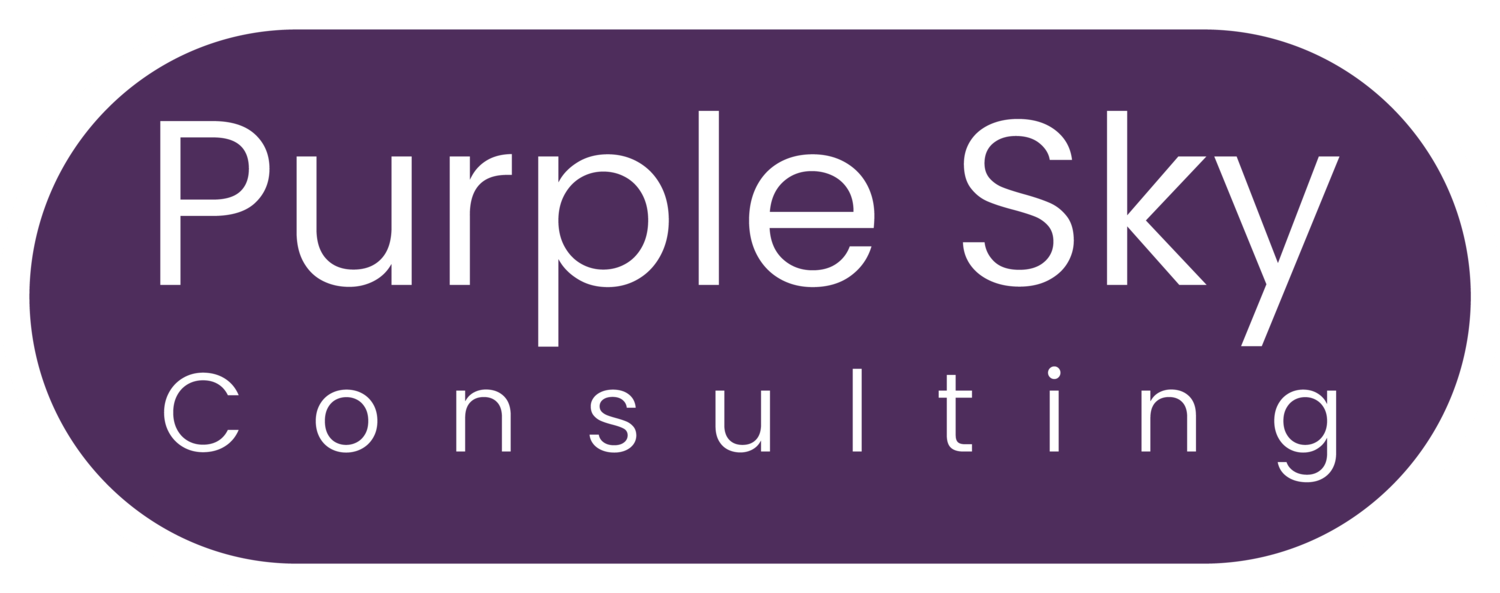How to prepare Leaders for successful Onboarding.
If you’ve explored my Guide to Brilliant Onboarding, you’ll know that for Onboarding to be brilliant, the hiring leader must be accountable for its success. From my own experiences and interactions with other People Team colleagues, I don’t feel this accountability is clear enough or acted on.
That doesn't mean the People Team has no responsibility here – the Onboarding Experience should be a star in the Employee Experience Strategy, and it is likely that the People Team is leading or driving the development and execution of this. They need to lead on what good looks like to enable an Onboarding Experience to be brilliant in the organisation. We need to help prepare Leaders to be successful and make the gold standard a reality.
So, how can we best do that?
Agree with senior stakeholders how this is going to work.
As part of designing an Onboarding Experience that will set colleagues up for success, you need to ensure you have senior leadership buy-in. Help them to understand and recognise the importance and value of a brilliant Onboarding Experience. This includes agreeing that the accountability for success lies with the hiring leader.
I’m not going to get into the full approach for designing and engaging colleagues and senior leaders in the development and implementation of your onboarding experience now (we’ll save that for another blog or guide) but start with senior leadership buy-in, so they are in support and setting a clear expectation of hiring leaders.
This clear accountability should give clarity, but it doesn’t mean that hiring leaders will be happy about it or ready to take it on – that’s what we need to focus on next.
Tell them! Help them understand.
OK, the ‘Tell them’, might feel a bit direct but you do need to ensure they understand they are accountable for this. This is especially important where there’s a change in how Onboarding has been led or if they have never supported an onboarding experience before.
They might expect or hope that someone is going to take this on for them, especially if they see this as an administrative or organisational task. According to Gallup, employees with an exceptional onboarding experience are 2.6 times more likely to be extremely satisfied with their place of work, which is a positive indicator for retention and performance.
Start by helping them understand the importance of the onboarding experience and why they need to own it. Here you can set out how they are going to be supported to do this really well – but you need to start with them understanding it and be ready to take action.
You might want to share this previous blog post to get them clearer on the impact of onboarding that doesn’t work: Top 3 Reasons Onboarding Fails.
Engage them early.
This should be wrapped into the preparation for recruitment – you don’t want them to leave thinking about the onboarding experience only after the new colleague has been recruited. This gives them time to start thinking about and considering where they will need support.
My Guide to Brilliant Onboarding gives a template for how you can partner with a hiring leader early on to set out what needs to get done and who is doing what.
Enable them to be successful.
This will be especially important for the first few times, so they can get to grips with what good looks like.
The People Team should be looking to help hiring leaders identify what good looks like for the role being recruited and for that organisation.
Where possible, for aspects that are truly universal get these set up to provide consistency at an agreed standard e.g., inductions for the intranet, site tours, organisational information, guidance for keeping in touch before day 1.
Help them to set out early on their aims for a successful onboarding experience and what this will look like at different points.
Re-engage them with how important this phase of the Employee Experience is and the benefits they will gain from doing this really well.
Check-in, review, and follow-up.
When they’ve set out their initial plans, I’d recommend checking in to see how they are getting on and to check they are on schedule. It is them who are accountable for the experience, but the People Team needs to help people leaders/hiring leaders to be at their best and checking in like this provides a level of support that will enable a better experience for the new colleague.
Not getting the onboarding right risks the large amount of investment the organisation is making when hiring or promoting this colleague, so we need to help leaders remain accountable.
Agree on review points in preparing and implementing the onboarding experience. This is so you can be assured that progress is being made and that the Leader is preparing to deliver an onboarding experience in line with expectations. It’s an opportunity for them to seek support and guidance too.
Towards the later stages of the onboarding experience, it's a good opportunity to follow up with the hiring leader and the new colleague. How has the experience been for them, what can be learnt from the experience, and the ways of working. Is there anything the hiring leader or a new colleague is identifying that needs to be considered more widely for the overall onboarding strategy that as a People Team you incorporate and adjust for to improve things in future.
These follow-ups are also a good opportunity to re-engage the hiring leader in their accountability for the onboarding experience. How have they coped with that, and the benefits they gained by owning it?
This preparation, support, and follow-up will put a greater emphasis on the value and impact of brilliant onboarding, and by enabling leaders to be confident and effective in this space, by owning it themselves, you are empowering leaders to own the full experience of their new colleagues.







